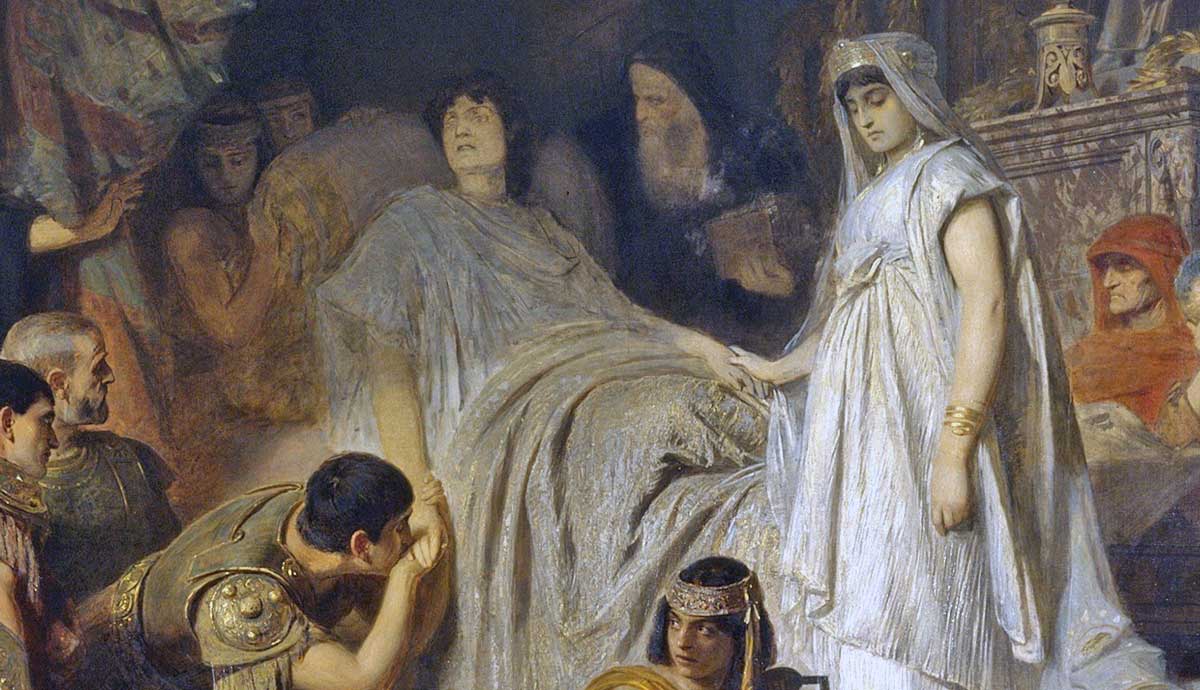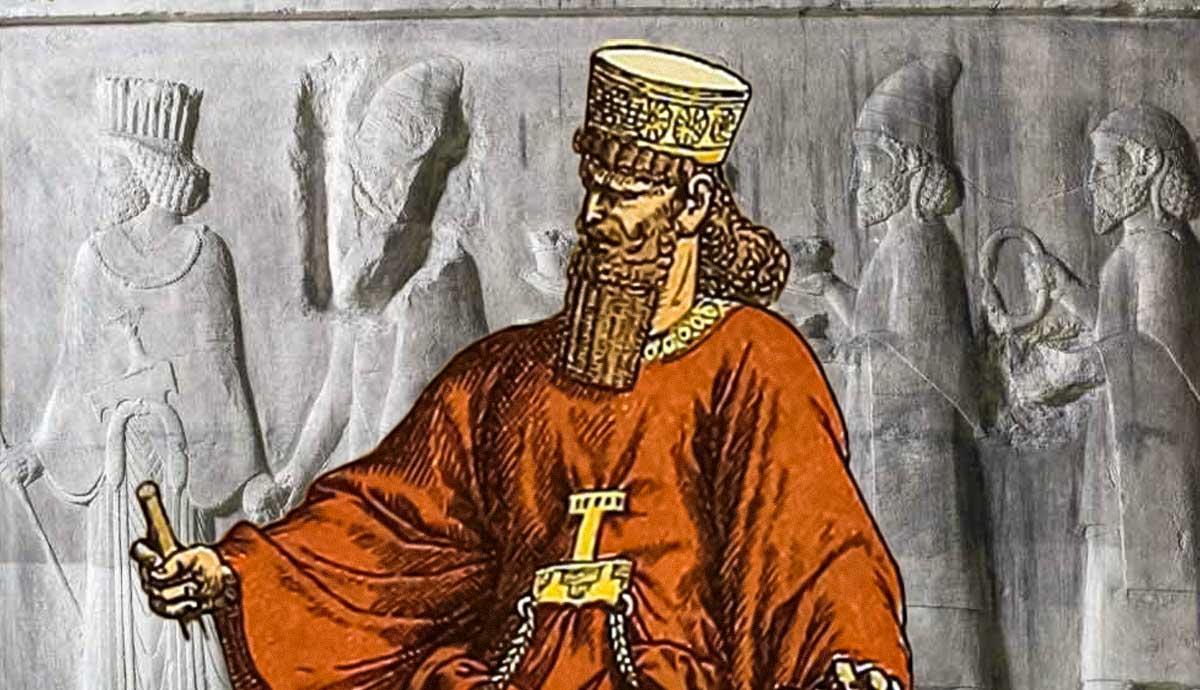
In June 323 BCE, Alexander the Great died at the young age of 32 while at his palace in Babylon, likely from an illness. However, it’s not clear what exactly led to his death. He had, in just over 10 years, built one of the largest empires the world had ever seen. Dubbed Macedon, it stretched from Greece to India.
His sudden death created a huge power vacuum as the empire was held together by his outstanding military and administrative control. Moreover, he left no clear heir to take his throne and his wife, Roxana, was pregnant at the time of his death. No one knew if the child would be a boy. His only other family was a half-brother called Philip III who was not mentally fit to rule.
The Immediate Aftermath

The dilemma that emerged after his death led to a weak deal made in Babylon. It was agreed that Philip III and Alexander’s unborn child (who would be a boy, Alexander IV) would be kings together. Perdiccas, Alexander’s trusted subordinate, was to oversee the succession as a regent as the two were just kings in name. The real power was split among Alexander’s top generals known as the Diadochi. Other key men also got huge territories to rule. For example, Ptolemy took Egypt, Antigonus I Monophthalmus got a big part of modern-day Turkey, and Lysimachus got Thrace.

Over time, however, Perdiccas tried to use his power against the other generals and they began to see him as a rival, and not as a leader. The first major conflict started when Ptolemy, who was already building his power in Egypt, rerouted Alexander the Great’s funeral procession. He knew how powerful it was to have the body of the conqueror and so he took it to Memphis and robbed Perdiccas of the right to bury the king. The move led to the First War of the Successors which occurred around 322 BCE.
The First War of the Successors

In the First War of the Successors, Perdiccas marched to Egypt to punish Ptolemy but was met with strong resistance. After he failed to cross the Nile River, his own officers including Seleucus, a Macedonian Greek general, turned against him and killed him in 321 BCE. The death of Perdiccas was the true end of any central power. The empire was now a free-for-all and the wars that followed were a messy series of deals and betrayals. The main goal of each warlord was no longer to serve the empire but to cut out the biggest kingdom for himself. The most powerful of these was Antigonus I Monophthalmus who, with his son Demetrius, came closest to putting Alexander’s lands back together by fighting for 20 years across the Middle East and Greece.

While the generals fought for land, the remaining members of Alexander’s family were used as pawns in the game. Their royal blood made them both useful and a threat to the generals’ own dreams of being kings. In 317 BCE, Alexander’s mother, Olympias, had his half-brother Philip III and his wife killed. The act showed just how ruthless the time was. One of the generals called Cassander took control of Macedonia. He feared the claim of Alexander’s real heir and so he locked up the young Alexander IV and his mother, Roxana. Around 310 BCE. He then had them secretly murdered.
The move ended the Argead family line that had ruled Macedonia for hundreds of years. With the royal family gone, the leadership claims through Alexander’s bloodline subsided. Since then, Antigonus, Ptolemy, Seleucus, and the other top generals all called themselves kings of their own lands. This aspect made the breakup of the empire official.
The Battle of Ipsus

The great ambition of Antigonus to be the one true ruler led to a final team-up against him. The final battle called the Battle of Ipsus took place in 301 BCE near Ipsus in modern-day Turkey. The joint armies of Lysimachus, Cassander, and Seleucus, who brought war elephants from his battles in India, went up against the army of Antigonus. The 81-year-old Antigonus fought bravely but was in the end killed on the battlefield. His death at Ipsus was the end of the endeavor of one big empire. The winners split his huge territories among themselves. The change created a new map of the Hellenistic world and ended any real chance of putting the initial territories ruled by Alexander the Great together.
As such, the death of Alexander the Great did not lead to one new ruler, but to a violent imperial collapse. The legacy of the successors was the creation of a new Hellenistic world that was a vibrant, mixed-culture society where the Greek language and ideas blended with the cultures of the East.









